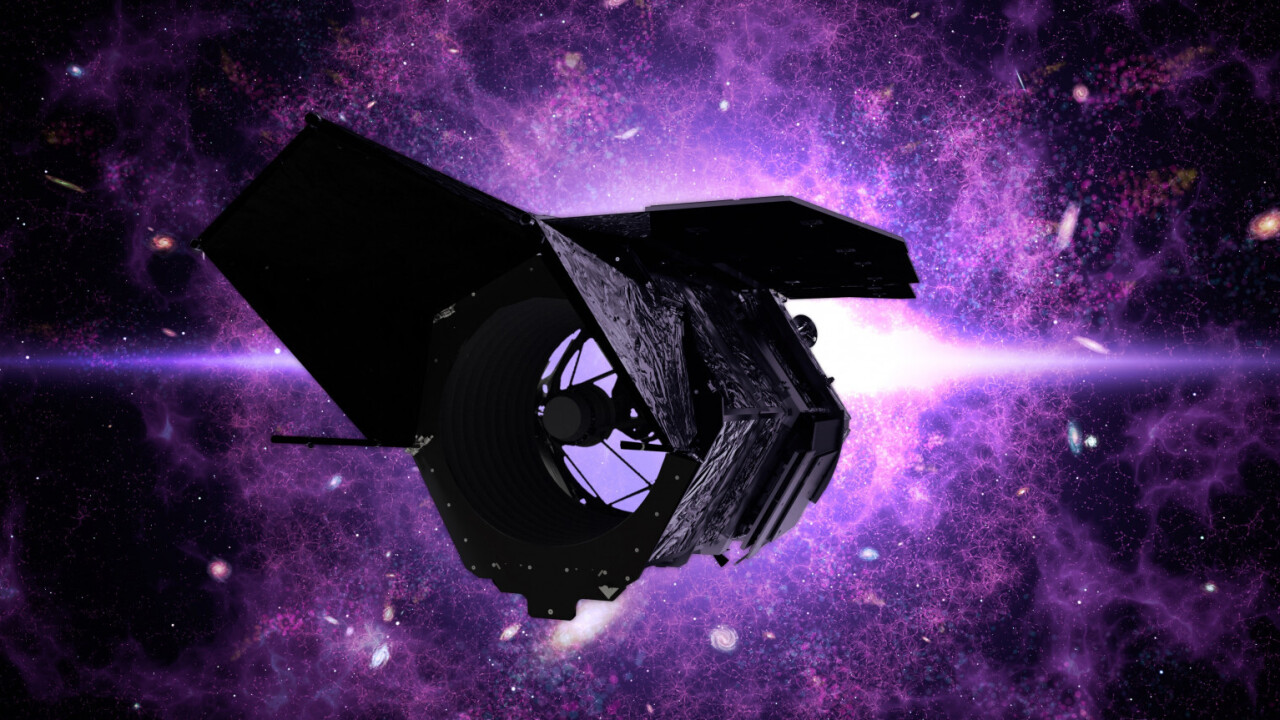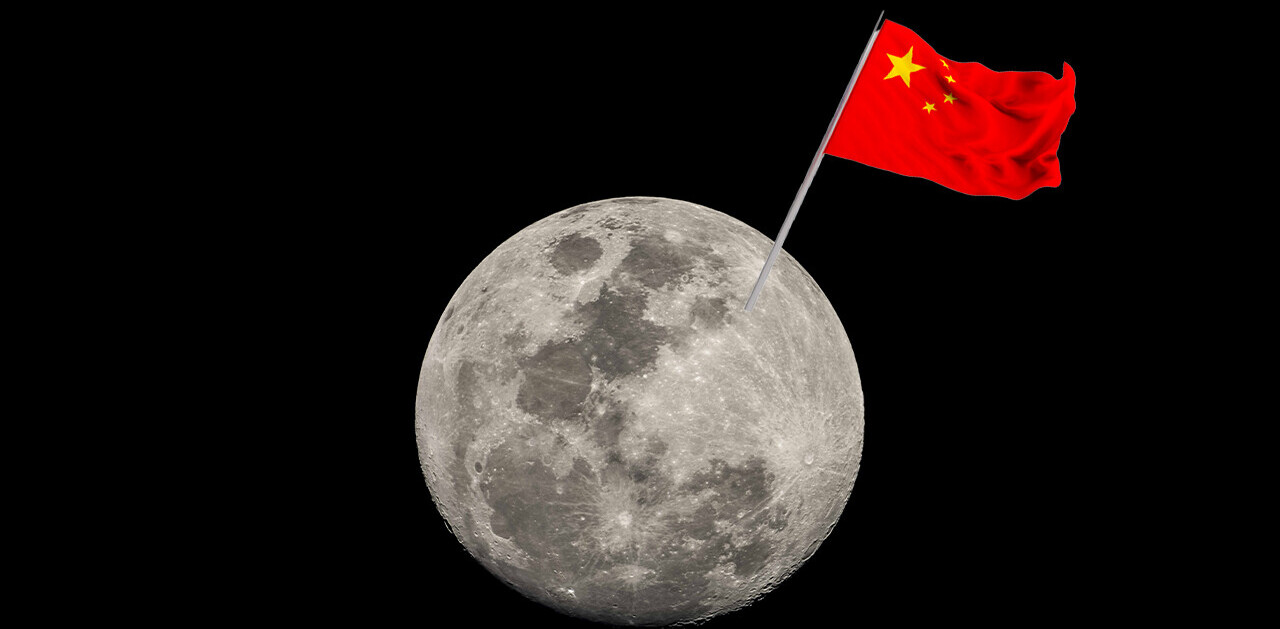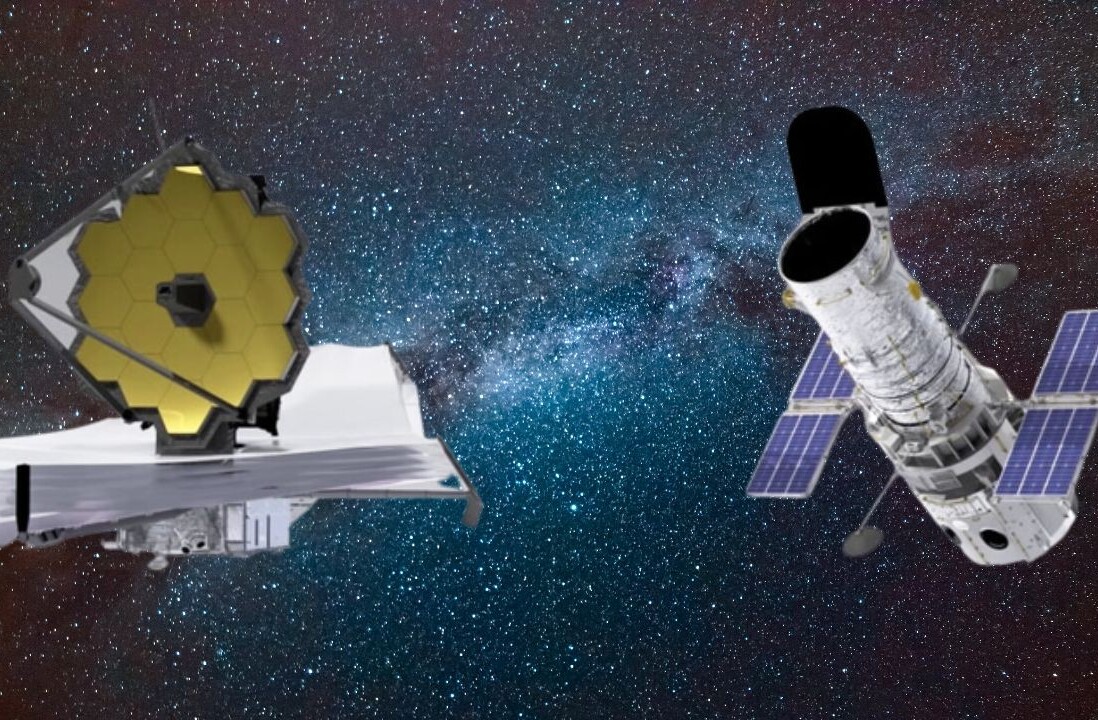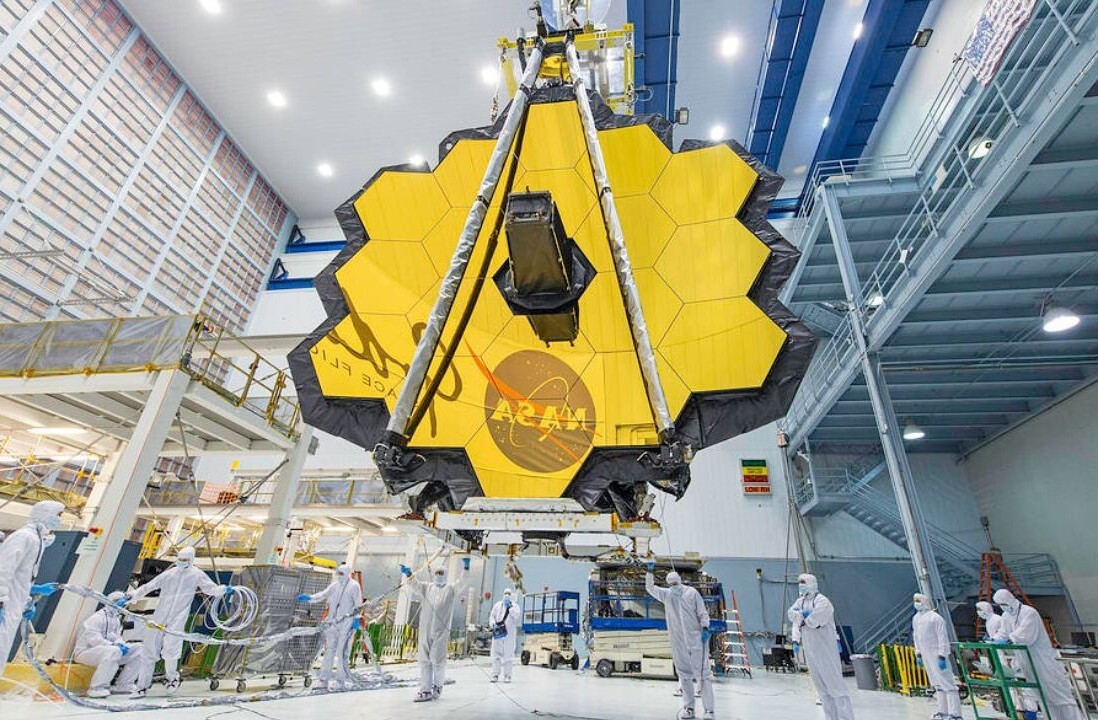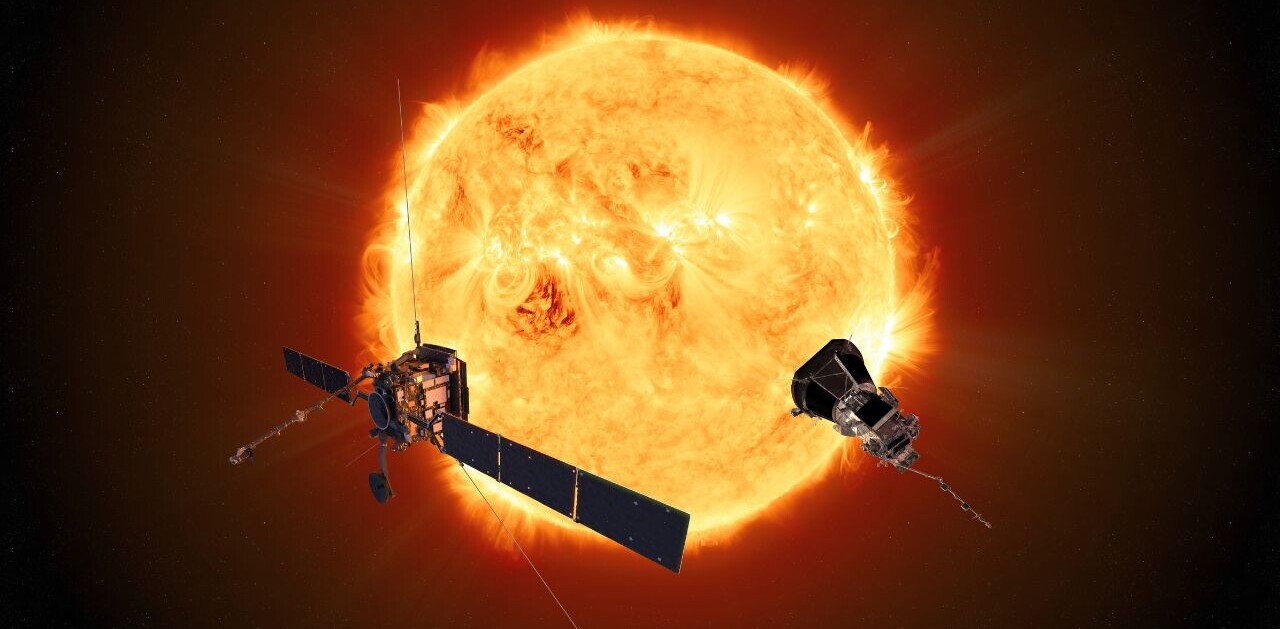Due for launch in the mid-2020s, the Nancy Grace Roman Telescope is destined to become one of the great planet-hunting telescopes. Although the main mirror at the heart of the Roman Telescope is no larger than the one in the Hubble Space Telescope, the Roman mirror is just 25 percent as massive as its predecessor. With a wider field of view greater than Hubble, this next-generation telescope, formerly known as WFIRST, may discover 100,000 worlds orbiting other stars.
The Roman Telescope will study the sky in infrared wavelengths utilizing two methods to detect exoplanets. The first of these techniques, the transit method, measures dips of light seen from a star as a planet passes “in front of” its stellar parent as seen from Earth. The second method, gravitational microlensing, notes slight increases in light caused by the presence of an exoplanet.
Keep squinting, you’ll see it…
Hit the play button above for a look at how exoplanets are found using the transit method, in this video provided by NASA.
Most exoplanets discovered so far were found using the transit method. Regular, periodic dimming of a star is the easiest way to find planets, but it only works for systems where an exoplanet passes between the star and Earth.
Astronomers currently know of nearly 4,400 planets orbiting other stars. Of these, about 2,800 were discovered using the transit method by the Kepler spacecraft (which ended its mission in 2018).
The same technique is currently being utilized by the Transiting Exoplanet Survey Satellite (TESS).
Hit the play button above for a look at how gravitational microlensing can reveal the presence of distant exoplanets, in this video by NASA.
Gravitational microlensing, a brightening of light from a star, results when light from the star bends due to the gravitational forces of an exoplanet, in much the same way as light bends while passing through a convex lens in a telescope. This phenomenon was first predicted by Albert Einstein in his General Theory of Relativity.
“Microlensing events are rare and occur quickly, so you need to look at a lot of stars repeatedly and precisely measure brightness changes to detect them. Those are exactly the same things you need to do to find transiting planets, so by creating a robust microlensing survey, Roman will produce a nice transit survey as well,” said astrophysicist Benjamin Montet of the University of New South Wales in Sydney.

While the transit method works best for systems where the exoplanet orbits to its parent star (creating a larger “silhouette”), gravitational microlensing is most useful in systems where the planet orbits far from its star. Tomes of this data are already recorded, some of it hinting at unknown exoplanets, awaiting confirmation by researchers.
“The fact that we’ll be able to detect thousands of transiting planets just by looking at microlensing data that’s already been taken is exciting. It’s free science,” said Jennifer Yee, astrophysicist at the Center for Astrophysics, stated.
Both of these techniques are able to compliment one another, providing astronomers a means to verify data about exoplanets recorded from around alien stars.
Going rogue
The Nancy Grace Roman Telescope is likely to find rogue planets — worlds traveling through space, untethered to any star. These orphan planets are thought to range in size from small, rocky worlds smaller than Mars, up to gas giants similar to Jupiter and Saturn. Some of these may be accompanied by moons.
“Because of Hubble and other telescopes, we’ve now discovered that there are probably planets around every star, or virtually every star. There are solar systems around most stars. And the fact that we’re here on a planet, Earth, means that it’s likely there’s lots of other Earths out there” — John Grunsfeld, astronaut
Collisions and close encounters between planets in unstable solar systems might throw exoplanets free of the gravitational grip of their parent star. Others might form in interstellar space, never knowing the warm embrace of a stellar parent.
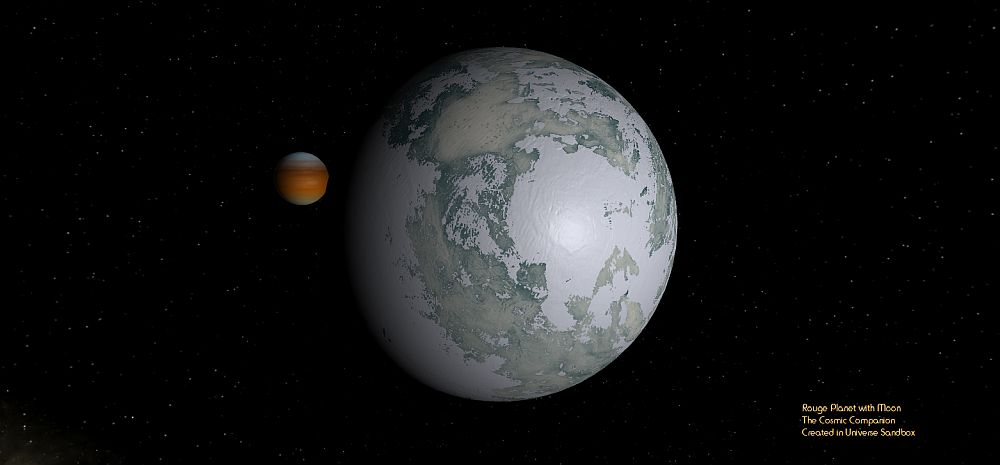
“The microlensing signal from a rogue planet only lasts between a few hours and a couple of days and then is gone forever. This makes them difficult to observe from Earth, even with multiple telescopes. Roman is a game-changer for rogue planet searches,” Matthew Penny, assistant professor of physics and astronomy at Louisiana State University in Baton Rouge, stated.
About three-quarters of the planets found by the Roman Telescope are likely to be gas giants, like Jupiter and Saturn, or ice giants similar to Uranus and Neptune.
A majority of smaller worlds are likely to be mini-Neptunes, possessing between four and eight times as much mass as Earth. Planets like this are known to be common in other planetary families, although none exist in our own solar system.
A fraction of worlds seen by Roman are likely to be found within the habitable, or Goldilocks, zone around their parent star, where temperatures are neither too hot, nor too cold, for water to pool on their surface. Gas giants could be the centers of their own systems of water-rich moons, like Europa and Enceladus, warmed by tidal forces and geochemical processes.
Your Father was a Roman?
One advantage of the Roman telescope is its wide field-of-view. Much like the way binoculars see more of the sky at one time than a telescope, this instrument is designed to see large swatches of sky with each observation.
The Nancy Grace Roman Telescope will be capable of taking image at a resolution equal to Hubble, but with a field-of-view 100 times greater than that instrument. Every day, it will gather 500 times more data than its counterpart.
Hit the play button above for a look at how the Nancy Grace Roman Telescope will compare to Hubble in clarity and field-of-view, in this video by L. Hustak (STScI) / Goddard Media Studios.
One challenge with the Roman Telescope is that this is such a revolutionary instrument, follow-up observations are exceptionally difficult — there is no other instrument capable of doing what the Nancy Grace Roman Telescope will do.
“The potential of [The Roman Telescope] to detect large numbers of transiting planets is complicated by the difficulty of directly confirming those planets by traditional methods. In general, because the host stars of [Roman]-detected transiting planets will be so faint, it will not be possible to conduct followup RV observations to confirm their masses and rule out false positives,” Yee and her team wrote in the Publications of the Astronomical Society of the Pacific in 2017.
Located a million miles away from Earth, the Nancy Grace Roman Telescope will see far deeper into the Milky Way than previous missions, although just over a small patch of sky. This instrument will spend months staring at a single point in the sky, allowing it to find hundreds of unknown worlds using microlensing.
“The universe could be teeming with rogue planets and we wouldn’t even know it. We would never find out without undertaking a thorough, space-based microlensing survey like Roman is going to do,” explains Scott Gaudi, a professor of astronomy at Ohio State University.
Stellar systems explored by Kepler averaged a distance of just 2,000 light years from Earth, seen within a square totaling 115 degrees square. The TESS Telescope observes nearly the entire sky, but only examines systems within 150 light years from Earth. The Roman Telescope will be capable of finding exoplanets as far as 26,000 light years from our home world.
Future astronomers will spend years or decades poring through data collected by The Nancy Grace Roman Telescope, in the search for worlds beyond our solar system.
This article was originally published on The Cosmic Companion by James Maynard, founder and publisher of The Cosmic Companion. He is a New England native turned desert rat in Tucson, where he lives with his lovely wife, Nicole, and Max the Cat. You can read this original piece here.
Get the TNW newsletter
Get the most important tech news in your inbox each week.
